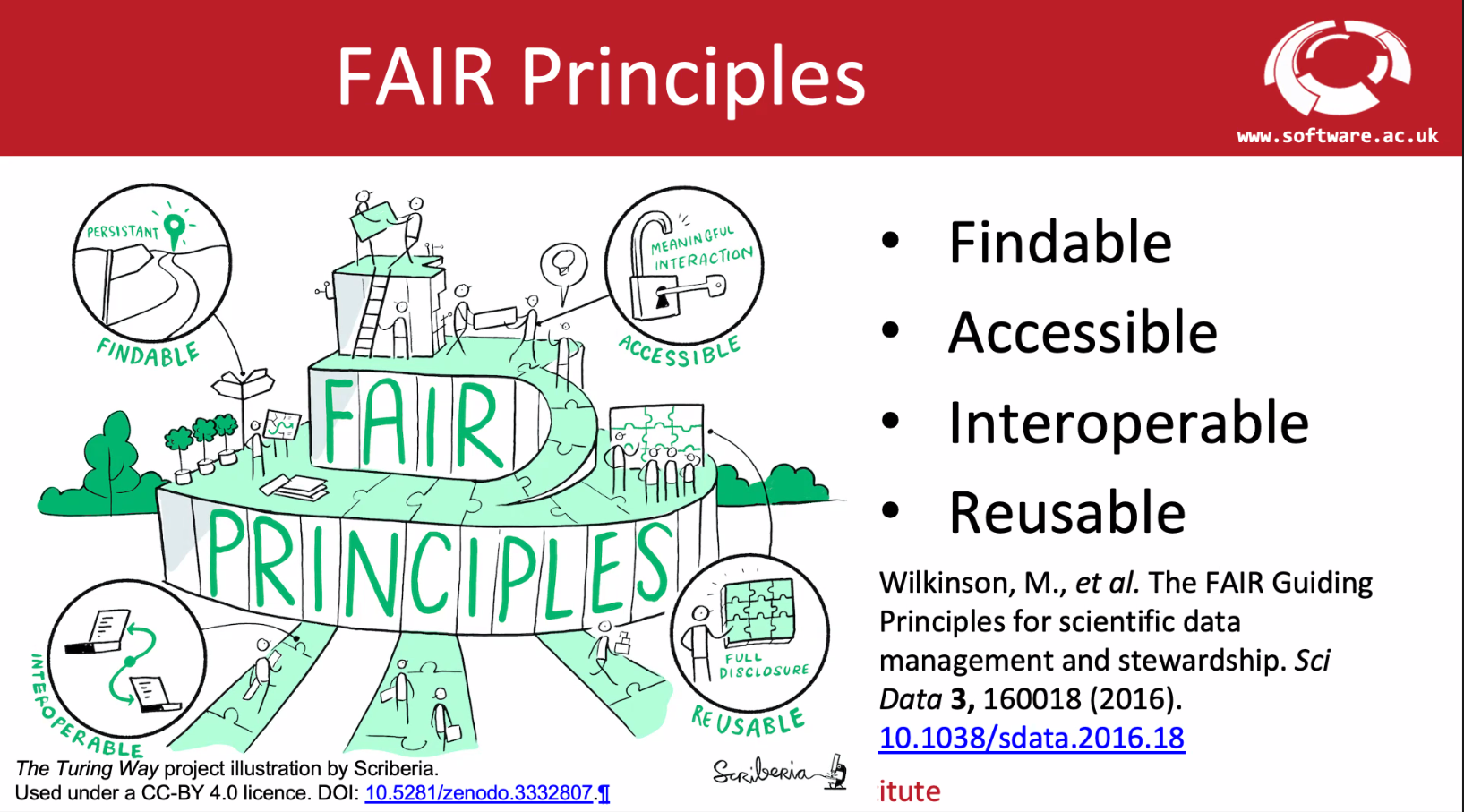Computing History
-
History
The Challenge
To record what happened in the past, one has to see the value of data, documents’ and devices’ preservation. To display what happened in the past, one needs persistent URIs (Uniform Resource Identifiers). To find the information available, one needs good-quality metadata. All this looks like documentation, something hard to find the time to create and curate. This is why all the appended text and links are just an incomplete list.
CERN Computing History
Existing collection of documents on the IT website
Network Protocols
- 2022 CERN Academic Training on Distributed Computing - The Protocol Wars - Abstract, slides, video and related material
Email at CERN
2022 CERN Academic Training on Distributed Computing - The era of EARN/BITNET, DECnet, X.400 and more - Abstract, slides, video . and List of documents on the network options and List of documents on the Email (gateway) architecture
Web at CERN
2022 CERN Academic Training on Distributed Computing - The first years of the Web and all anniversaries
The history of the Shift and Grid projects
- The dedicated site on WLCG History
- The Grid software “museum”
- 2022 CERN Academic Training on Distributed Computing - Abstract, slides, video and related material
Distributed filesystems
A historical series on the Andrew File System (Afs) by its elders - Abstract, slides, video
Computer architectures
In the 1980ies CERN IT (then called Data and Documents (DD) Division) was offering the experiments computing services on the CDC and IBM MVS Operating System. IBM VM CERNVM) was also here before the end of that decade, essentially offering an interactive counterpart to MVS. The arrival of the Cray in 1988 meant taking research both into the Supercomputers’ League and into Unix through Cray’s variant (UNICOS). The experiments were invited to evaluate it and some did, e.g. UA1. Porting the software to run on the Cray was a challenging task because it had been developed and thoroughly tested only on 32-bit IBMs, the Cray X-MP was the first 64-bit one.
For the Large Electron Positron (LEP) start-up in the autumn of 1989, experiments required VMS. For central computing CERN DD Division relied on the IBM collaboration that had started in 1976. In 1989 the DD division leader, purchased a big IBM machine with 6 CPUs. This computer required a “Big Bang” solution (HW AND SW changed simultaneously). Mainframes were the standard. The biggest machines could provide VM/XA (extended architecture) making 32-bit computing the norm. Expected to suffice for the requirements of the address space. There was some animosity between VM and VMS users. IBM tape store and IBM robot solved the problem. The choice was obvious. DECnet was used across labs. VAX/VMS had to be kept for this reason. APL, PL1, REXX were the IBM programming languages used. At the time research and academia were producing software solutions, e.g. the Fortran Compiler was written by Waterloo University, Ontario, Canada. CREN also bought an IBM compatible Fujitsu-Siemens mainframe, in order to also have a European computer. CDC 7600 (Control Data Corporation) operated here for 12 years. 1972-1984. Batch only. Fortran with Geant3. In 1993 a performance optimisation of RISC workstations project took place in the SHIFT project. A CHEP 1995 presentation by S.Jarp demonstrated that PCs could do better that RISC. At the time price/performance was best for HP/PCs with Windows (which supported 2 processors) rather than Linux (only 1 processor), until Linux came along with support for 2 processors and better performance. The Linux choice then became obvious.
Great fun
A Digital Memory video in CDS , with images from the life of the laboratory in past years and Internet father Vint Cerf lecturing on how to safely preserve data.
A unifying idea
… would be to use what we learnt from experience in the Data Preservation, the Digital Memory and our Open Source expertise to organise our historical information and repositories and documents with the FAIR principles in mind.

Credits
Material from this page taken from documents by M.Dimou, F.Hemmer, S.Jarp, J.-Y.LeMeur, M.Marquina, L.Robertson, B.Segal and many more.
Surely plenty of stuff missing here…
Please use the Contact link to send us suggestions for new entries.